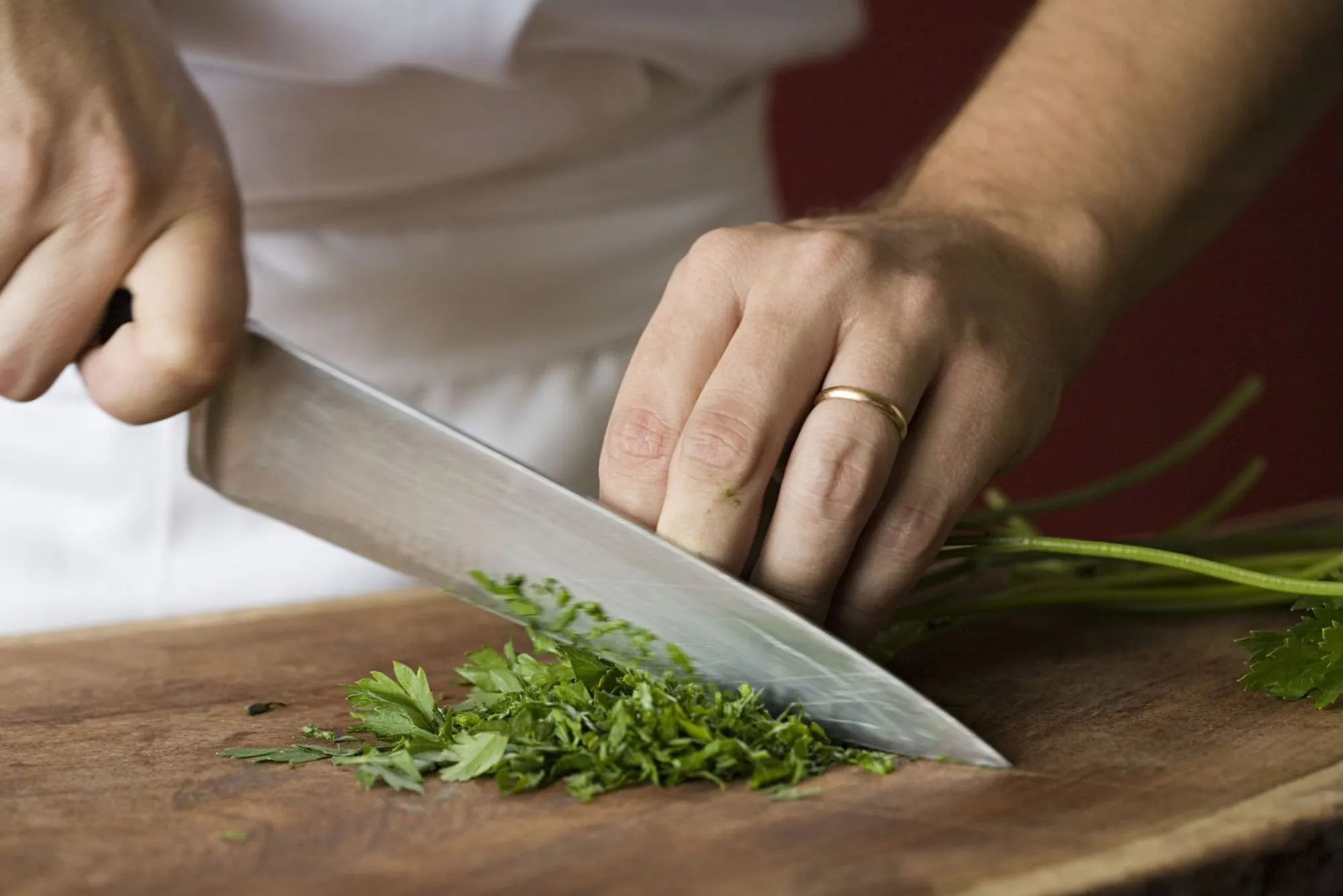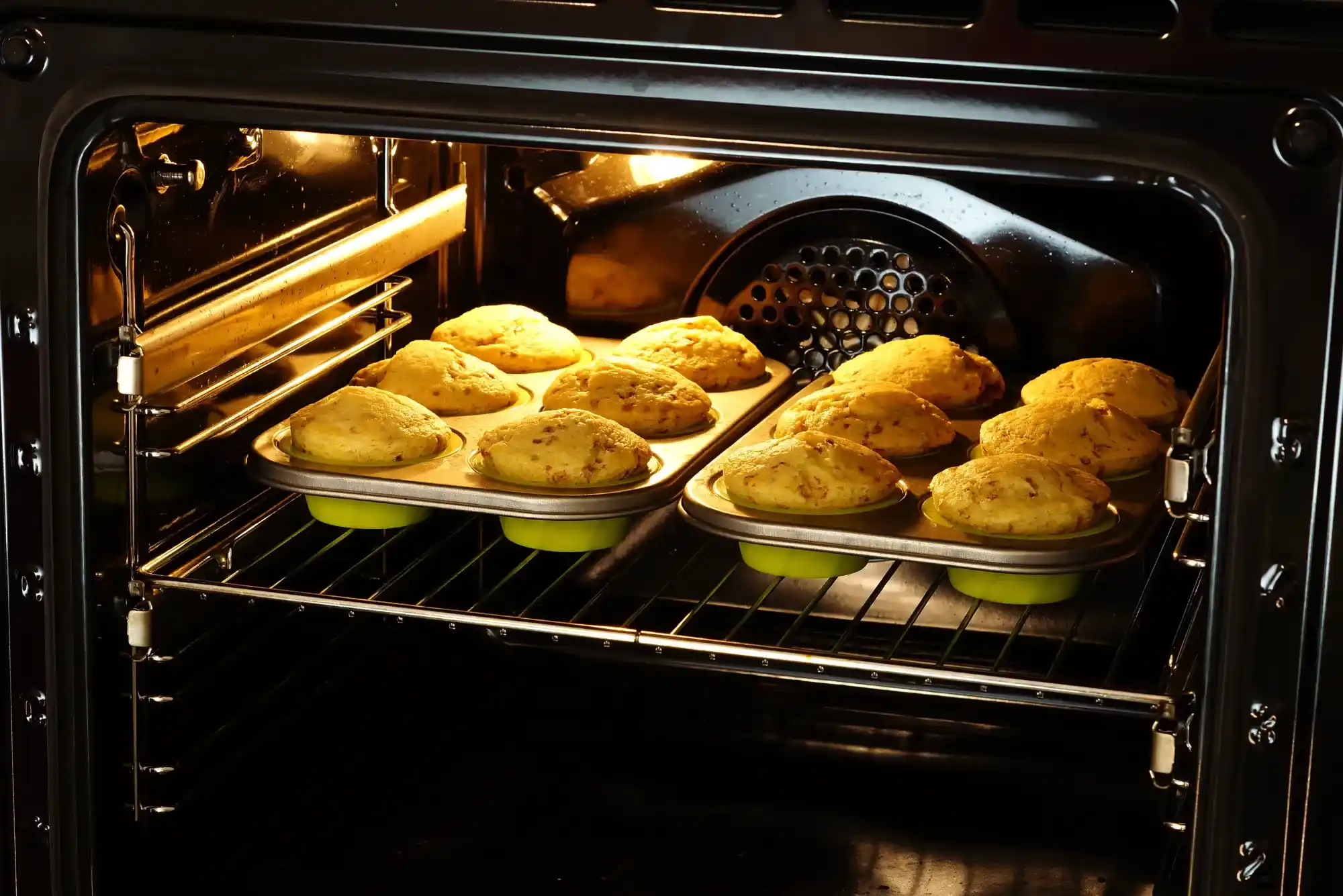Lasagna is a beloved dish that has transcended borders, making its way into kitchens around the world. With its layers of pasta, cheese, sauce, and various fillings, it’s a hearty meal that can be tailored to suit any palate. In this comprehensive guide, we’ll explore the origins of lasagna, share classic recipes, provide cooking tips, and answer frequently asked questions to help you create the perfect lasagna.
About Lasagna
Origin of Lasagna
Lasagna is believed to have originated in Ancient Greece, where layers of pasta were baked with meat and sauce. However, the modern version we know today has roots in Italy, particularly in the Emilia-Romagna region. Traditional Italian lasagna features sheets of pasta layered with béchamel sauce, ragu, and cheese, while variations have emerged globally, including vegetarian and vegan options.
Traditional vs. Modern Lasagna
Traditional lasagna often emphasizes quality ingredients and rich flavors, typically using homemade pasta and authentic sauces. In contrast, modern interpretations may include shortcuts like store-bought noodles and a variety of fillings, catering to diverse dietary preferences and time constraints.
Cultural Variations
Lasagna can be found in many cultures, each adding its unique twist. For example, in the United States, lasagna frequently incorporates ricotta cheese and a rich meat sauce, while vegetarian versions replace meat with vegetables like spinach or zucchini.The Ultimate Guide to Lasagna Recipe In some regions, seafood replaces meat, creating delightful seafood lasagna.
Lasagna Ingredients
Essential Ingredients
| Ingredient | Description |
|---|---|
| Pasta Types | Fresh, dried, gluten-free, or whole wheat lasagna sheets |
| Cheese Varieties | Ricotta, mozzarella, parmesan, and pecorino |
| Sauces | Marinara, béchamel, or pesto |
| Proteins | Ground beef, sausage, chicken, or vegetables |
Tips for Choosing Quality Ingredients
To achieve the best flavors, opt for high-quality ingredients. Fresh pasta enhances the texture, while artisanal cheeses contribute richness. Homemade sauces elevate the dish, but good-quality jarred sauces can also save time without sacrificing flavor.
Lasagna Recipe
Classic Lasagna Recipe
Ingredients:
- 9 lasagna noodles
- 2 cups ricotta cheese
- 3 cups mozzarella cheese, shredded
- 1 cup parmesan cheese, grated
- 2 cups marinara sauce
- 1 pound ground beef or sausage
- 1 egg
- Salt and pepper to taste
- Fresh basil for garnish

Instructions:
Preheat the oven to 375°F (190°C).
Cook the noodles according to the package instructions. Drain and set aside.
Brown the meat in a skillet over medium heat. Drain excess fat and add marinara sauce. Simmer for 10 minutes.
In a bowl, mix ricotta cheese, egg, salt, and pepper until smooth.
Layer the lasagna: In a baking dish, spread a thin layer of meat sauce, followed by a layer of noodles, ricotta mixture, mozzarella, and a sprinkle of parmesan. Repeat until all ingredients are used, finishing with sauce and cheese on top.
Cover with foil and bake for 25 minutes. Remove the foil and bake for an additional 15 minutes or until golden and bubbly.
Let it cool for 10 minutes before serving. Garnish with fresh basil.
Variations
- Vegetarian Lasagna: Replace meat with sautéed vegetables like spinach, mushrooms, and zucchini.
- Meat Lasagna: Use a combination of meats like beef, pork, and sausage for a robust flavor.
- Seafood Lasagna: Incorporate shrimp, crab, or scallops with a creamy white sauce.
- Vegan Lasagna: Use cashew cream, nutritional yeast, and vegetable layers for a plant-based option.
Cooking Tips and Techniques
Preparing the Sauce
Using homemade sauce can significantly enhance the flavor of your lasagna. If time is limited, select a high-quality store-bought sauce.
Cooking the Pasta
For best results, undercook the pasta by a minute or two, as it will continue to cook in the oven.
Layering Techniques for Optimal Flavor
Ensure even distribution of fillings for balanced flavor in each bite. Begin and end with sauce to prevent the noodles from drying out.
Baking and Serving Tips
Cover with foil for the first part of baking to retain moisture, then uncover for a bubbly finish. Let the lasagna rest before slicing for cleaner pieces.
Storing Leftovers
Store leftover lasagna in an airtight container in the fridge for up to 3 days or freeze it for longer storage.

Frequently Asked Questions (FAQs)
How to make lasagna ahead of time?
You can assemble the lasagna a day in advance and store it in the refrigerator before baking. Just be sure to add a few extra minutes to the baking time if baking straight from the fridge.
Can lasagna be frozen?
Yes, lasagna freezes well. Wrap individual portions in plastic wrap and aluminum foil before placing them in a freezer bag. It can be frozen for up to 3 months.
What to serve with lasagna?
Pair lasagna with a fresh green salad, garlic bread, or a side of roasted vegetables for a complete meal.
How long does lasagna last in the fridge?
Lasagna can be stored in the refrigerator for 3 to 5 days. Ensure it is covered tightly to maintain freshness.
Lasagna Pairings
Side Dishes
Complement your lasagna with side dishes like Caesar salad, garlic bread, or a simple arugula salad.
Wine Pairings
A hearty red wine, such as Chianti or Barbera, pairs beautifully with meat lasagna, while a crisp white wine like Pinot Grigio suits vegetarian versions.
Dessert Suggestions
Finish your meal with classic Italian desserts like Tiramisu or a scoop of Gelato for a sweet ending.
Lasagna is more than just a dish; it’s a culinary tradition that brings people together. Whether you opt for the classic recipe or one of its many variations, the satisfaction of a well-made lasagna is unparalleled. With the tips, recipes, and insights shared in this guide, you’re well on your way to creating your perfect lasagna.
Feel free to experiment with different ingredients and techniques, and don’t hesitate to share your own lasagna creations! Enjoy the journey of cooking and the joy of sharing this delicious dish with family and friends.



